Blog - 26/04/2025
What is the meaning of the Different Fire Signs?
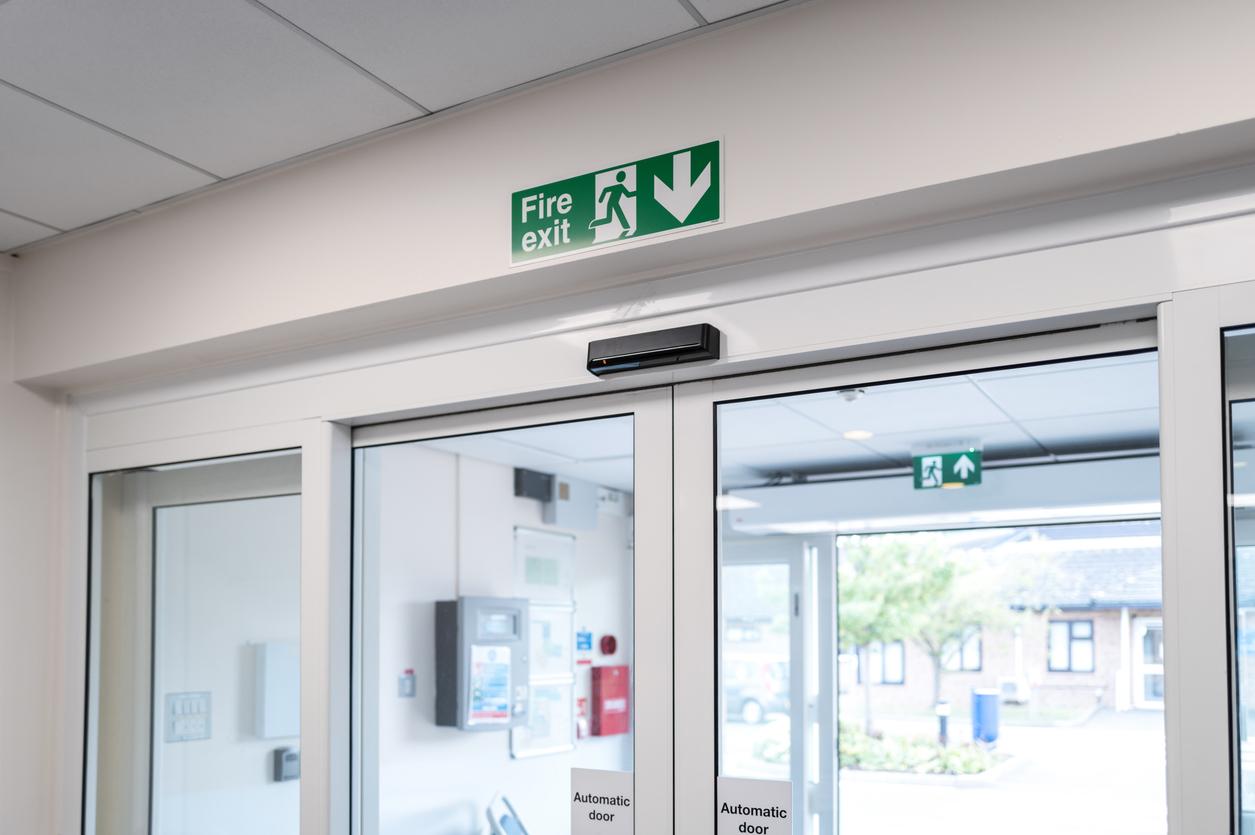

Blog by wayne
15 January,2025
Fire signs play a key role in fire safety as they not only highlight escape routes but also give information on the different types of firefighting equipment and how to use it. There are two pieces of legislation that cover the placement and use of fire signage which are The Health and Safety (Safety Signs and Signals) Regulations 1996 and The Regulatory Reform (Fire Safety) Order 2005. In this blog post we are going to look more closely at the different types of fire signs, why they are important and where they should be located.
Why are Fire Safety Signs Important?
If fire breaks out in a building it is imperative that there is signage that informs the inhabitants of the building what procedures need to be followed to ensure there is no loss of life. While people living or working in the building should have been given training on fire fire safety procedures the outbreak of fire unsurprisingly can cause panic. Fire safety signs provide clear information on evacuation routes which allow staff or residents to escape the premises quickly and in complete safety as well as hope to use the relevant fire safety equipment.
The kind of building where fire signage is required are often frequented by visitors who will be unfamiliar with those procedures and as such will rely on fire signage in the event of a fire. Fire safety signage isn’t solely for use in an emergency; they are also a valuable tool when it comes to fire prevention by ensuring fire safety procedures are followed and in the worst case scenario helping prevent fire spreading.
A ‘keep shut’ sign, for example, advises users to keep fire doors closed at all times to prevent the spread of smoke and fire. But what are the other fire safety signs that legislation requires you to display?
Fire Safety Signs
Fire Exit Sign
These signs are positioned above doors along a building’s evacuation route and at the final exit to guide people safely off the premises and toward the designated fire assembly point. Designed to be photoluminescent, they remain visible even in low-light conditions. Each sign features an arrow and a running figure, clearly indicating the correct direction to follow for a safe exit in the event of a fire.
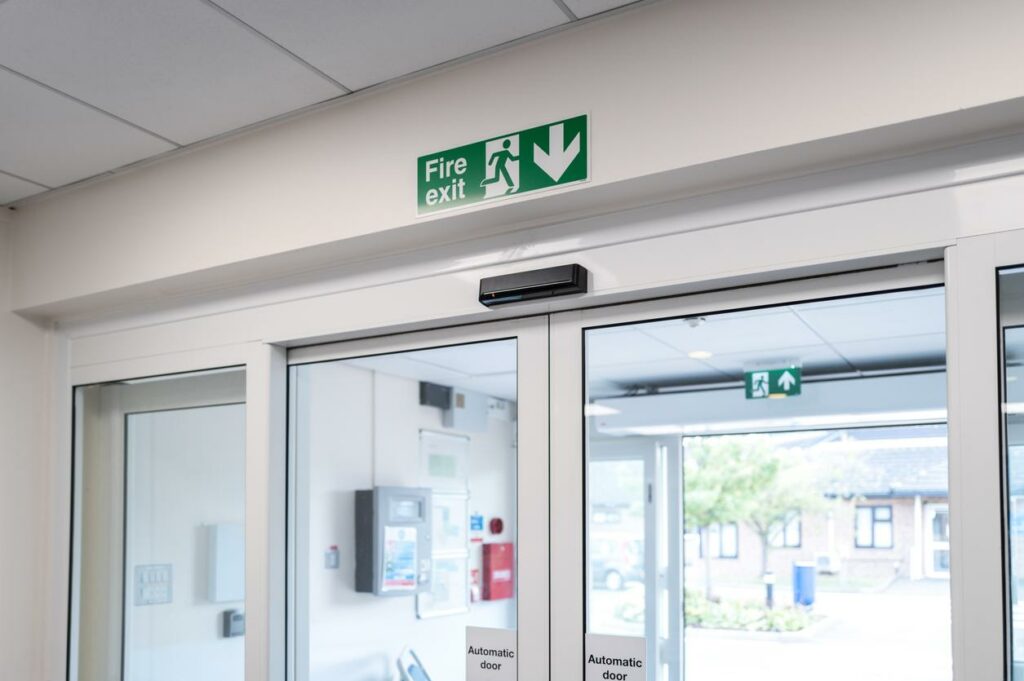

Fire Assembly Point Sign
Fire assembly signs are highly visible and inform staff, visitors, residents and members of the general public where they need to congregate in the case of fire. It is a legal requirement for certain types of building such as offices, hotels, apartment blocks and other commercial properties to display fire assembly signs. When choosing a fire assembly point there are a number of safety considerations that must be taken into account. For example assembly points need to be located at least 50 feet away from the building so as to ensure there is no danger of anyone being injured by falling debris. The area required for an assembly point is dictated by the number of people who use the building on a regular basis.
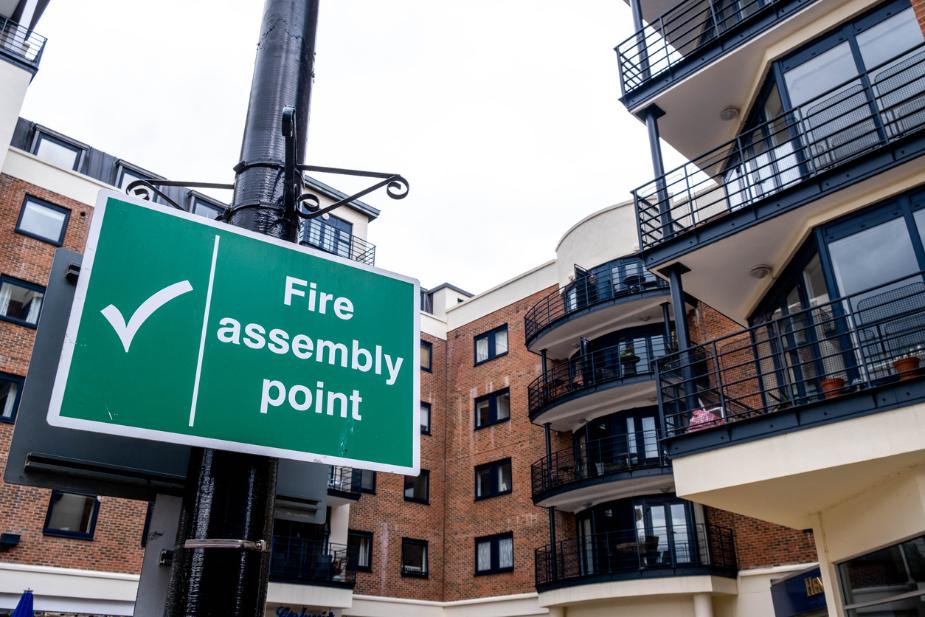

Fire door sign
Fire doors are specifically designed to slow the spread of smoke and flames, helping to safeguard both occupants and the rest of the building during a fire. Fire door signs play a crucial role in ensuring these doors stay closed or locked when required for maximum effectiveness. Automatic fire door signs, however, serve a slightly different purpose, advising individuals to keep the area clear.
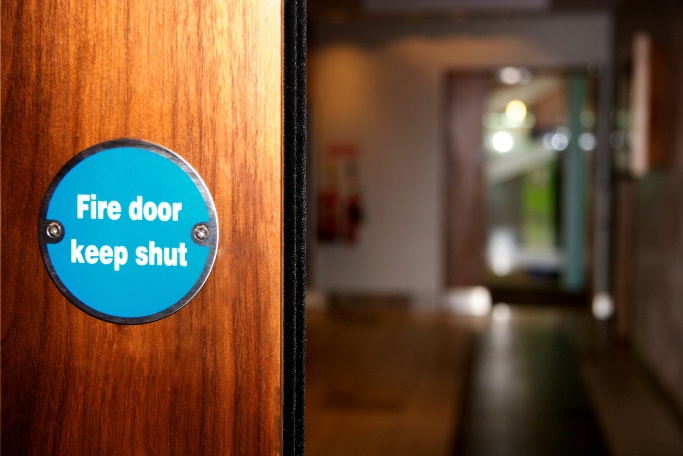

Fire Extinguisher ID Sign
There are a number of different classes of fire and there is no one size fits all fire extinguisher that will effectively put out them all. The purpose of fire extinguisher signs is to inform users what is contained within a fire extinguisher and which class of fire it can and cannot be used on. It is imperative that all signage is placed with the relevant fire extinguisher and located between 1.7m and 2m high on the wall as outlined in British Standard 5499. It is advisable to choose photoluminescent signs to ensure that they can be easily seen through smoke.
FAQ’s
Why are fire extinguisher signs important?
Fire extinguisher signs help people quickly locate extinguishers in an emergency, especially in large buildings or areas with low visibility. They ensure fire safety equipment is easy to find and access when needed.
Where should fire extinguisher signs be placed?
Fire extinguisher signs should be positioned above the extinguisher, high enough to be easily visible from a distance. They should not be blocked by furniture, doors, or other objects that could make them hard to see.
Are fire extinguisher signs a legal requirement?
In many places, fire extinguisher signs are required by law to comply with workplace safety regulations. Always check your local fire safety codes to ensure your building meets legal requirements.
What should a fire extinguisher sign look like?
Fire extinguisher signs typically feature a red background with white text or symbols. They often include a downward arrow pointing to the extinguisher and may have additional instructions or extinguisher type indicators.
Do fire extinguisher signs need to be illuminated?
While not always required, illuminated or glow-in-the-dark fire extinguisher signs are recommended in areas with low lighting or where power outages could occur, ensuring they remain visible at all times.
How often should fire extinguisher signs be checked?
Fire extinguisher signs should be checked regularly as part of routine fire safety inspections. Look for damage, fading, or obstructions that could make them hard to see, and replace or reposition them if needed.
Here at Acuity Compliance we can advise clients on all aspects of fire safety signage including the legislation that covers them. To make sure your building remains well protected against fire while remaining compliant with current legislation get in touch with the team here at Acuity today.
